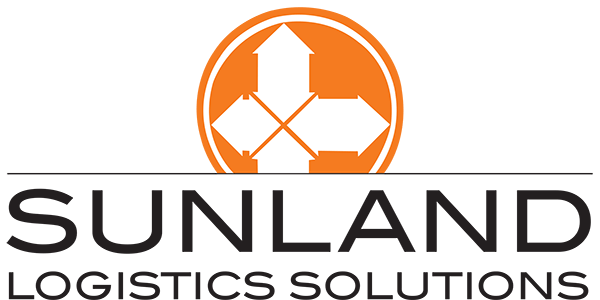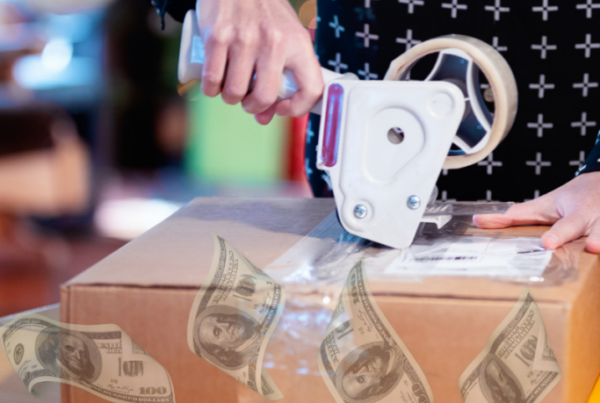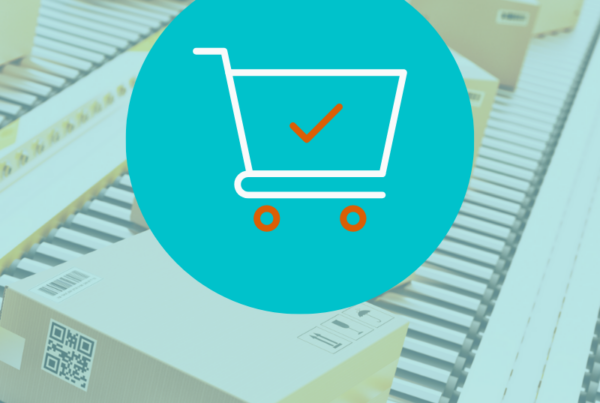Ecommerce is becoming the way we shop. In 2021, online sales are expected to jump nearly 20% to almost $5 trillion globally. By 2024, it is expected to hit around 22% and it shows no sign of stopping. Currently, there are 2.14 billion digital buyers around the world. By 2040, experts believe that 95% of all purchases will be online.
It’s safe to say that eCommerce is here to stay.
But with increasing online sales comes the increase in returns. Items don’t fit, are damaged, aren’t what the buyer thought they were – there are any number of reasons a customer will return a purchase. United Parcel Service (UPS) saw a very busy National Returns Day (January 2) in 2021, estimating a whopping 23% increase in returns from the same time in 2020. In fact, the company is predicting that National Returns Day will turn into National Returns Week, based on the increase in returns.
UPS and FedEx each reported record high returns in the millions each day for the entire Returns week.
And that is why businesses need to incorporate a plan for reverse logistics in their overall supply chain strategy.
What is Reverse Logistics?
In a nutshell, reverse logistics is the standard supply chain in reverse. It begins with the end user and the product or goods travel back to the manufacturer or seller. This is typically seen in retail and eCommerce when customers return purchases. The product may have come to the end of its service life, it may not be what the customer ordered or fit their needs, it may be damaged, or it could be part of a recall.
The process is also commonly used with returning components to a location for remanufacturing or refurbishing.
The “end user” for reverse logistics is usually, but not always, the locations where the product originated and it may be disposed of, repaired, refurbished, or resold. Other times it is routed to a different location, but the goal is the same: minimize costs to dispose of the item and maximize the recapture value.
What are the Benefits of Reverse Logistics?
The benefits of reverse logistics depend on the reason the product is being returned, but the two primary advantages are that it allows the company to recover value from the product while reducing expenses and increasing revenue.
For many retailers and manufacturers, an efficient, customer friendly reverse logistics strategy is an extension of their customer service policy. It increases consumer satisfaction and confidence in the brand as well as inspires brand loyalty.
In addition to reducing costs, an efficient reverse logistics strategy reduces waste and increases sustainability so there is less of an environmental impact.
Growth of Secondary Markets
Reselling of products that are used, unsold, or refurbished is not a new concept, but in recent years the cornerstones of these secondary markets – dollar stores, salvage stores, online auctions, and similar ventures – have exploded in popularity. These secondary markets are a vital part of the reverse supply chain because they aid in the benefits to the company and environment. Without this important step in the process, the returned products would have nowhere to go.
This concept is part of what has increase consumer interest. As the millennial generation comes of age and takes over as the primary consumer population, they bring with them their values and ideals, particularly those regarding the reduction of waste and sustainability. This makes those secondary markets even more appealing as they help to accomplish just that.
The economic climate across the country has also contributed to the rise of secondary markets. Consumers are looking for ways to stretch not only their food dollars, but also for clothing, personal hygiene products, furniture, and other products for home and personal use. In the United States in 2020, there were more than 34 thousand retailers operating in the dollar store model. Experts project that by 2021, the United States dollar and variety store industry would generate 94.2 billion U.S. dollars in revenue a year, up from 92.04 billion the previous year. Secondary markets are big business.
Challenges of Managing Returns
While reverse logistics has tremendous benefits, it is not without its challenges. It is a complex process for many retailers and manufacturers, especially when you factor in omnichannel distribution. One of the biggest challenges is that the “end user” (the retailer or manufacturer) often does not know when a product is coming back to the store or facility. While returns authorization processes are used by many companies, the warehouse or relevant departments within the company may not know of the return until it shows up on their doorstep.
Other challenges that are common with return management include:
- Inflated costs
- Lack of personnel or sortation process to manage and handle returns efficiently
- Lack of notice of or reason for incoming returns
- Compliance of disposal
- Lack of data analysis or visibility to understand trends
Secondary Market Solutions
Improving the organization of the return management protocol can help streamline the process, making it more efficient and cost effective. Develop a system for handling goods returned due to buyer’s remorse, wrong size, or general dissatisfaction from those that are returned due to a recall or because they are damaged.
Adopting a system for reconciling returns and keeping inventory updated is one simple step in easing the process. Connecting all levels of the information chain so when a return is marked in the system at one location it automatically updates in all other locations is one simple strategy. If the system sent notifications to the end user, alerting them of the return, along with a brief explanation, much of the confusing and bottlenecks would be avoided.
Technology is key to ensuring a seamless flow in the supply chain but especially in reverse logistics.
Discover reverse logistics solutions for your company and streamline your reverse supply chain. Contact Sunland Logistics Solutions today!








